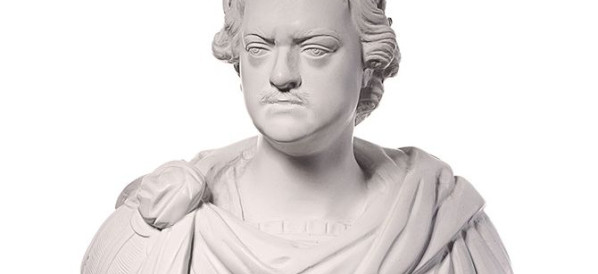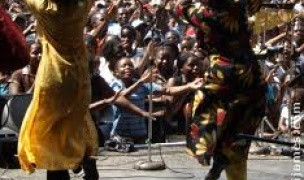 11 Terms
11 TermsHome > Terms > Kazakh (KK) > соғыс суретшілері
соғыс суретшілері
In Britain official schemes were established for artists to record both the First and Second World Wars. During the First World War, two main streams of activity produced official art. The Imperial War Museum, established by Act of Parliament in 1917, was charged with collecting all kinds of material documenting the war, including art. Meanwhile, the government was also commissioning and purchasing art to create a record of and a memorial to the war through paintings commissioned from the best and, on occasion, the most avant-garde, British artists of the day. These included Percy Wyndham Lewis, Paul Nash, CRW Nevinson, John Singer Sargent, Stanley Spencer and Sir William Orpen. At the end of the war, these collections were combined at the Imperial War Museum. During the Second World War a more structured approach to official picture collecting was taken, when the War Artists Advisory Committee, chaired by Sir Kenneth Clark, was established. As in the previous war, the pictures collected were exhibited in London and in shows touring nationally and internationally. In 1946 one third of the collection was allocated to the Imperial War Museum and the rest was distributed to museums and galleries across the United Kingdom and the Commonwealth. Over 300 artists were involved, including John Piper, Graham Sutherland, Henry Moore, Paul Nash and Stanley Spencer on the home front, and Anthony Gross, Edward Bawden and Edward Ardizzone overseas. Much of the work produced went beyond documentation into the realm of art and the Imperial War Museum art gallery is well worth a visit. The Museum continues to commission war artists to record wars in which Britain is involved.
- Ordklasse: noun
- Synonym(er):
- Blossary:
- Fagområde/Domene Art history
- Category: General art history
- Company: Tate
- Produkt:
- Akronym-Forkortelse:
Andre språk:
Hva ønsker du å si?
Terms in the News
Featured Terms
бюст
A sculpted or painted portrait that comprises the head, shoulders and upper arms of the subject.
Bidragsyter
Featured blossaries
Browers Terms By Category
- Biochemistry(4818)
- Genetic engineering(2618)
- Biomedical(4)
- Green biotechnology(4)
- Blue biotechnology(1)
Biotechnology(7445) Terms
- Bread(293)
- Cookies(91)
- Pastries(81)
- Cakes(69)
Baked goods(534) Terms
- Skin care(179)
- Cosmetic surgery(114)
- Hair style(61)
- Breast implant(58)
- Cosmetic products(5)
Beauty(417) Terms
- Cultural anthropology(1621)
- Physical anthropology(599)
- Mythology(231)
- Applied anthropology(11)
- Archaeology(6)
- Ethnology(2)
Anthropology(2472) Terms
- General boating(783)
- Sailboat(137)
- Yacht(26)






